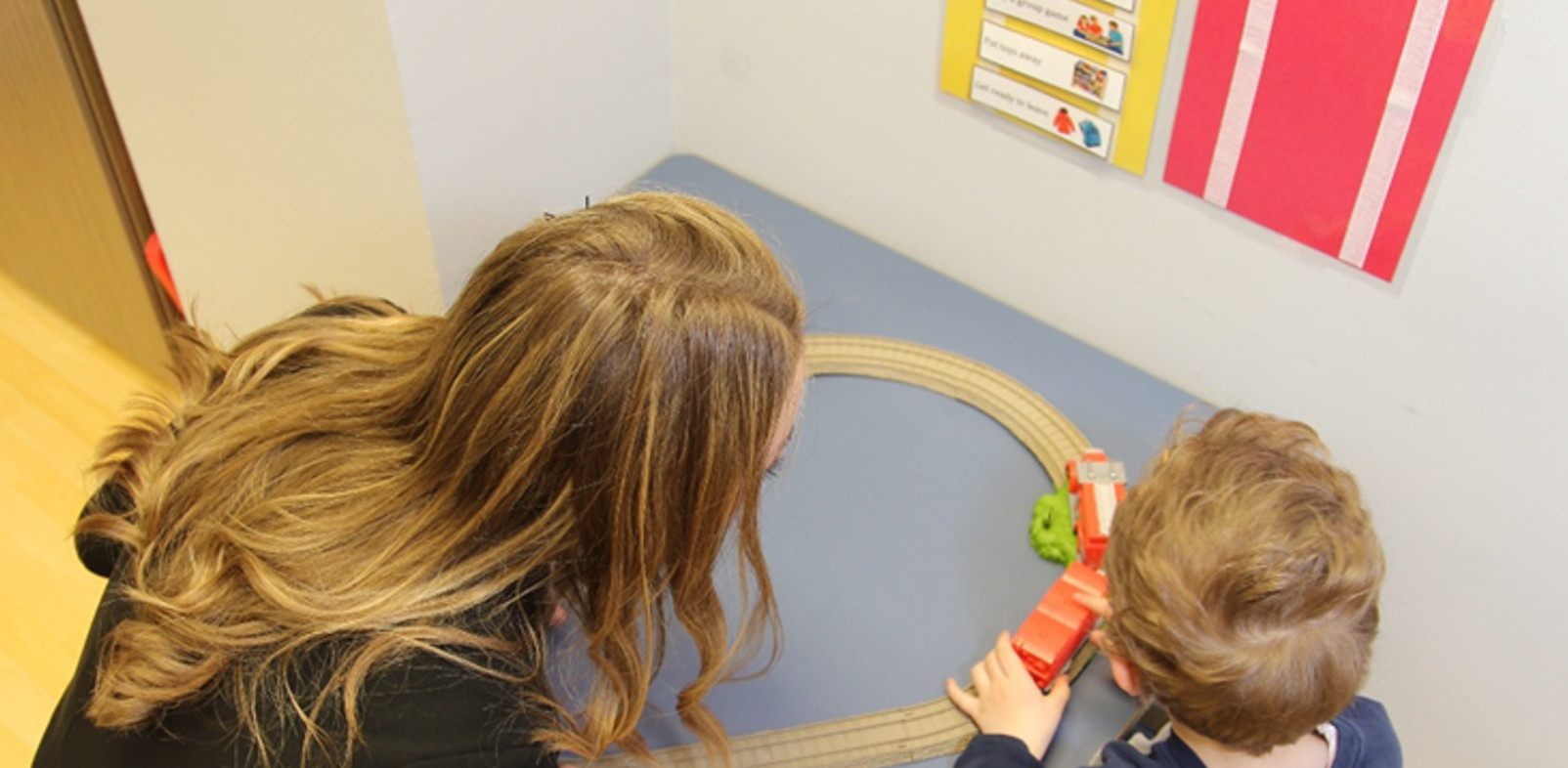Many children with the need for additional support are strong visual learners. Visual supports provide a representation of concepts in a more concrete and understandable manner. They can include pictures or photographs of items, emotions, people, places, symbols and words. These visual supports assist children with understanding concepts that otherwise may prove to be too abstract and therefore, can cause inappropriate or maladaptive behaviours. Some visual supports that may be effective include: schedules, timers, social stories, checklists, reward charts, first-then boards etc. The purpose of visual supports are to prevent problem behaviours by assisting children with understanding expectations and rules and providing the opportunity to manage that behaviour independently. For instance, if a child has trouble with transitions in school, it might be helpful to have a visual schedule that includes all aspects of the child’s day such as, coming into class in the morning and going out for recess. If a child knows what is happening and when it lessens the anxiety surrounding those transitions. If removable pictures of daily activities are included on a chart, the child can remove that activity when it has been completed so that he or she knows what they should be doing next.
If you are having issues when it comes to your child transitioning or understanding certain concepts, give visual supports a try!
